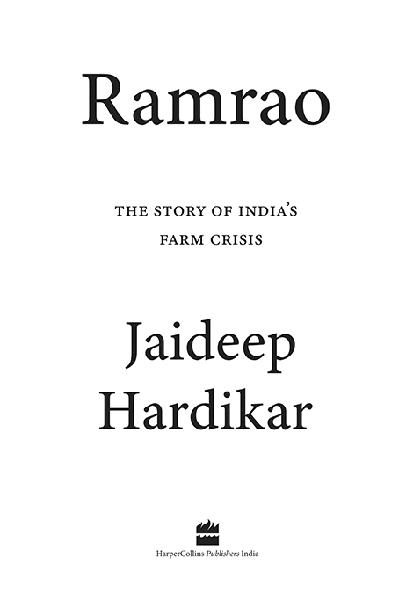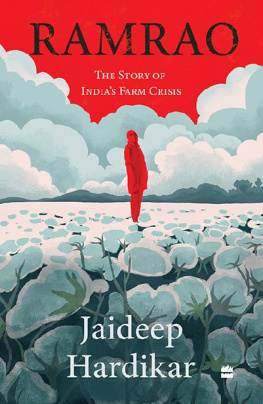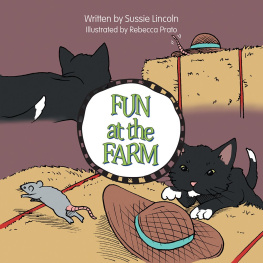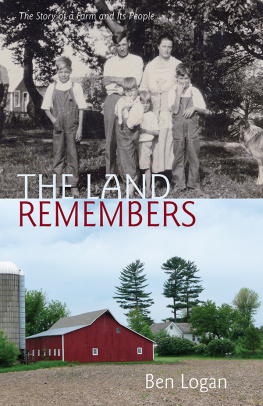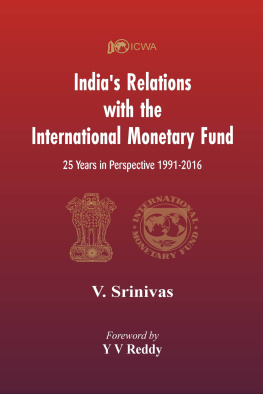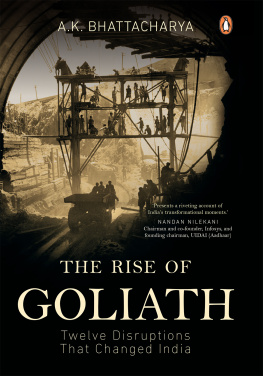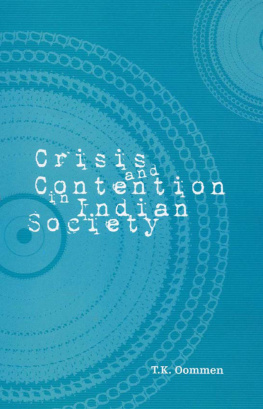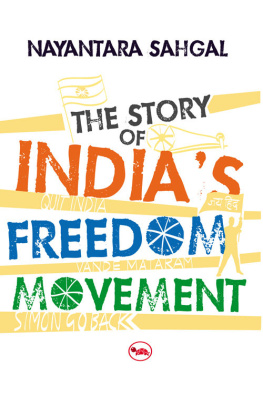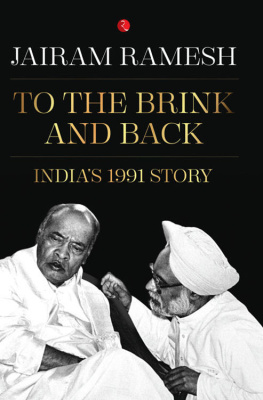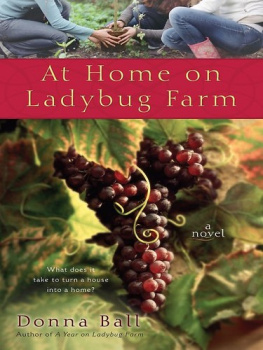Something is terribly wrong in the countryside.
P ROFESSOR M.S. S WAMINATHAN , 2005
T WO DAYS BEFORE HANGING himself to death on 24 March 2008, fifty-year-old farmer Shrikrishna Kalamb penned his own eulogyall of six linesand put it in his shirts pocket.
In chaste Varhadi, a dialect of Marathi spoken in the western Vidarbha region that the British called Berar, it begins thus:
Me aagala vegala, mahi nyarich jindagani;
mahye maran bhi aahe, jase avakali paani.
I am unique; my life an uncommon odyssey;
My death will also be like untimely rain.
Kalamb, a 5-acre, atypical, dry-land farmer from Vidarbha, a region in the news since 1995 for farmers suicides, wrote that his cotton was precious to him, like his poems. He likened its roots to the sweetness of sugarcane. In the poem, he built an image of his body hanging from a doorhe had made up his mind to commit suicide.
Symbolism and emotion mark Kalambs poignant poems; he ended his life at his sisters home in Murtijapur town, 30 kilometres from his native village Babhulgaon (Jahangir) in Akola. It is one of the six districts in Maharashtraall in western Vidarbhawith high incidence of farmer suicides. He left behind five daughters and a bereaved wife.
Like most farmers, he had unpaid debts from banks and private lenders, and worried about the impending costs of his daughters weddings. A few years earlier, a devastating accident had left him with a limp. He could no longer physically work the way he used to in his heyday, which added to his frustration and financial woes.
In another poem, titled Vasare (Calves), he writes:
Amhi vasare vasare, muki upasi vasare .
Gaya panhavato amhi, chor kalatat dhar
Tapa tapa gham unarato, unarato bhuivar
Moti pikavato amhi, tari upasi lekare.
We are calvesdumb, hungry calves
We tend to cows, but thieves walk away with the milk and cream
We sweat and sweat on fields, we cultivate pearls,
but our children go hungry.
Kalamb was a sensitive man. A Dhangar (shepherd) by caste, a nomadic tribe in Maharashtra, his poems are rooted in the regions rustic culture and offer invaluable insights into an average Indian farmers life. They are a reflection of the changing socio-economic, political and ecological landscape of rural India.
In another poem titled Lek (Daughter), he showcases the worries of a father who is a farmer. While the poem carries deep patriarchal undertones, it explains the structural social problems of Vidarbha, which once was a feudal region; though things have changed or are changing, caste and class animosities still subtly prevail. In Itihaas (History) he questions time for preserving only the glorious history of the rich, while wilfully burying the resilient struggles of the poor.
He wrote for farmers, and he wrote about them. It is a pity that his identity as a farmer quashed the poet in him. But he will, one can only hope, live on in his verses of revolt.
Kalamb wrote on small chits of paper, never preserving his work. He memorized all his poems and would sing them lyrically whenever his friends urged him to. After he was gone, his eldest daughter, Usha, meticulously searched for those chits in his trunk, bags and at his friends homes. She could find only fifty-odd verses of the several he wrote. Most of these bring to us the small universe of a Berar farmer, forced to perpetually borrow money for all his needs, and who lives with the angst of being unable to repay it. Kalamb was pained by his tribes crumbling lives: a farmer lives and dies in debt, exploited by the market and the political class, beleaguered by fledgling farms, where even when production goes up the income rarely does. He was, as his poems strongly indicate, also intrigued and agitated by the social ills and superstitions pervading rural life, the slow pace of much-needed social reforms. Usha would tell me days after his death that her father wrote whenever he was in a pensive mood. She was, and remains, sorrowful that her father did not give her a chance to financially support the family. She eventually got a government job to support the household.

I T IS NOT THE event of Kalambs death that I seek to chronicle in this book, but the harrowing life of a farmer, which is what his poems portray. His deep, philosophical musings aptly capture the acute distress plaguing vast sections of the Indian peasantry. In over two decades of my journeys into Vidarbha and across the countrys dusty countryside, I stood witness to human grief, struggle, brave fight-backs and several complex, crumbling worlds within that worldthings that I hope to show in this narrative.
Around the mid 1990s, a liberalized and globalized economy engulfed great many unsuspecting farmers in problems that were beyond their comprehension, triggering suicides that surged in the early 2000s. In the cotton hinterland, I was waking up to life and living against the backdrop of premature deaths of young and old farmers and a new India taking shape in the new millennium. India's economy was now fuelled by sectors other than agriculture, like services. Local farmers markets were invaded by global markets, like that of cotton or food. Rapid upward economic mobility of sections of the population was creating newer inequalities, leading to a perception among the peasantry that they were losing out. The fast-changing economic conditions were also altering long-held social equations. Landed farmers, once among the respected classes in a village economy, were now unable to meet their ever-growing needs, while the non-landed classes, absorbed in the unorganized service economy, migrated out of their villages to urban centres for better wages and work, doing marginally better than they once did as farm labourers.
There was a growing perception among the rural peasantry in Vidarbha that the new economic realities were doing them more harm than good. Cotton farmers, for example, saw their production costs multiply many times as energy, inputs and fertilizer prices soared. While generally the cost of livinghealth, education, and so onwent up, their real incomes stagnated. Government subsidies were tweaked or withdrawn. The declining incomes and the rising cost of living, they rued, were by design and not coincidental. The villages I saw held that the state and central governments were biased in favour of the rich, and that living in villages had become difficult.
In protest, they came up with sensationalat times weirdideas of protests to draw the attention of authorities. There were villages that put themselves up for salelock, stock and barrel. Some residents put up signboards saying that they were willing to sell their kidneys. Thousands of farmers took to the streets just to be heard. They still do, not only in Vidarbha but now increasingly across the country.
The dawn of 2021, for instance, brought droves of farmers in their tractors to the borders of Delhi to protest against the passage of three contentious laws that the Narendra Modi government claims will reform the farm sector. The farmers from Punjab, Haryana and western Uttar Pradesh are unconvinced. They are sceptical that the new legal regime will bulldoze the old architecture which provided them some support in terms of an assured minimum support price and timely procurement. They fear that the new laws will help big corporations usurp their only asset: their land. Instead of expanding the security net, the government is doing away with the existing support to farming, they argue. The way the laws were passed in Parliament in September 2020without a debate and despite opposition from several political partiesalso came in for criticism and questioning.
